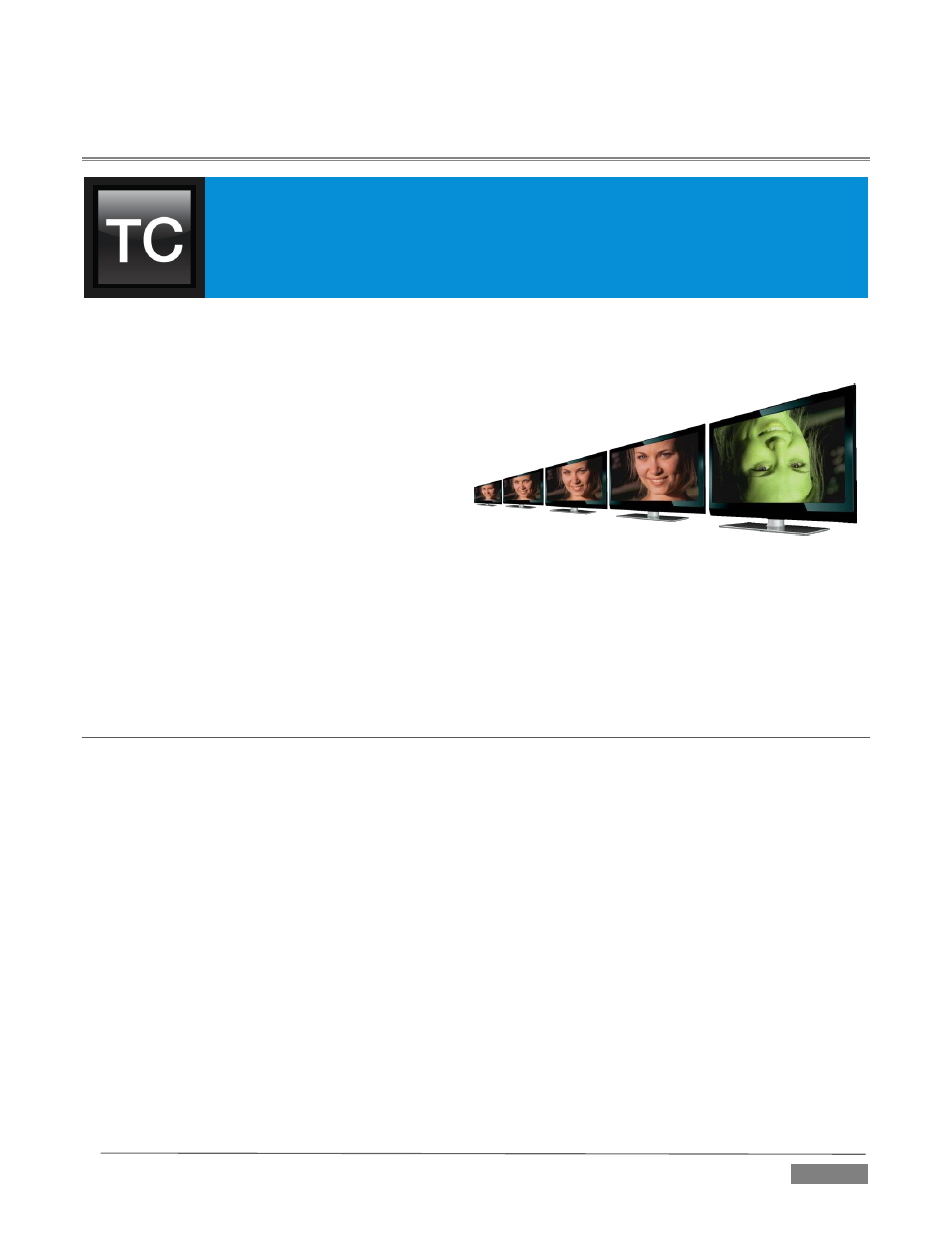Video calibration, Here, Alibrate – NewTek TriCaster Advanced Edition User Guide User Manual
Page 317: C video calibration

Page | 305
C VIDEO CALIBRATION
An oft-heard expression is “Don’t worry – we’ll fix it in post”. Post-production techniques
are invaluable, but they do not invalidate another often repeated axiom – “Garbage in,
garbage out.” And, in the case of live production, the results are immediately obvious to
your audience … for good or for bad.
For these reasons and many more, it’s important to control the visual quality of your work all the way
through the production pipeline. Adequate lighting, good cameras, and high quality connections are critical,
but there are other things to consider.
Human vision is remarkably adaptable. In one study, participants equipped
with inverting lenses initially saw everything upside-down.
After a few days, people reported that things
appeared right-side-up again.
Even when things are dramatically wrong
our brains compensate to a remarkable degree.
Have you ever looked at a television in a store without noticing anything untoward,
and then realized that the colors on another unit nearby looked much better?
This built-in tolerance makes it difficult for us to judge whether the blacks in our video productions are really
black –or just dark gray; whether reds are purple or tinged with a slight greenish caste, and so on. What we
really need is a reference for comparison – just as we find it easier to pick the best-looking display from a
row of television sets on a store shelf.
C.1 WHAT (AND WHERE) TO CALIBRATE?
Tip one – forget ‘point and shoot’. Lighting, set design, and countless other factors have an impact on the
video attributes our cameras ‘see’.
As a first step, cameras need to be properly calibrated. Ideally, this is done right at the camera. Corrective
measures taken downstream never fully compensate for problems at the first link in the chain. Most cameras,
even inexpensive consumer models, provide adequate controls for this purpose. Some other video sources
do not offer much if anything in the way of adjustment, however. You may need to adjust the TriCaster Proc
Amp settings to improve previously recorded video played from a DVD player, or a networked ‘video chat’
system.
In both cases above, the Waveform and Vectorscope monitors in TriCaster’s Preview Scopes tab will help. We
also need to give consideration to downstream devices, though.
Computer displays are inherently different than television sets. Thus the video you see on your computer
interface can vary quite a bit from what your viewers see on their televisions. Too, you will want to be able
to correctly judge colors when preparing titles and graphics. It will help you a great deal if your downstream
(from TriCaster) video monitors are properly set up to allow you to make these judgments.